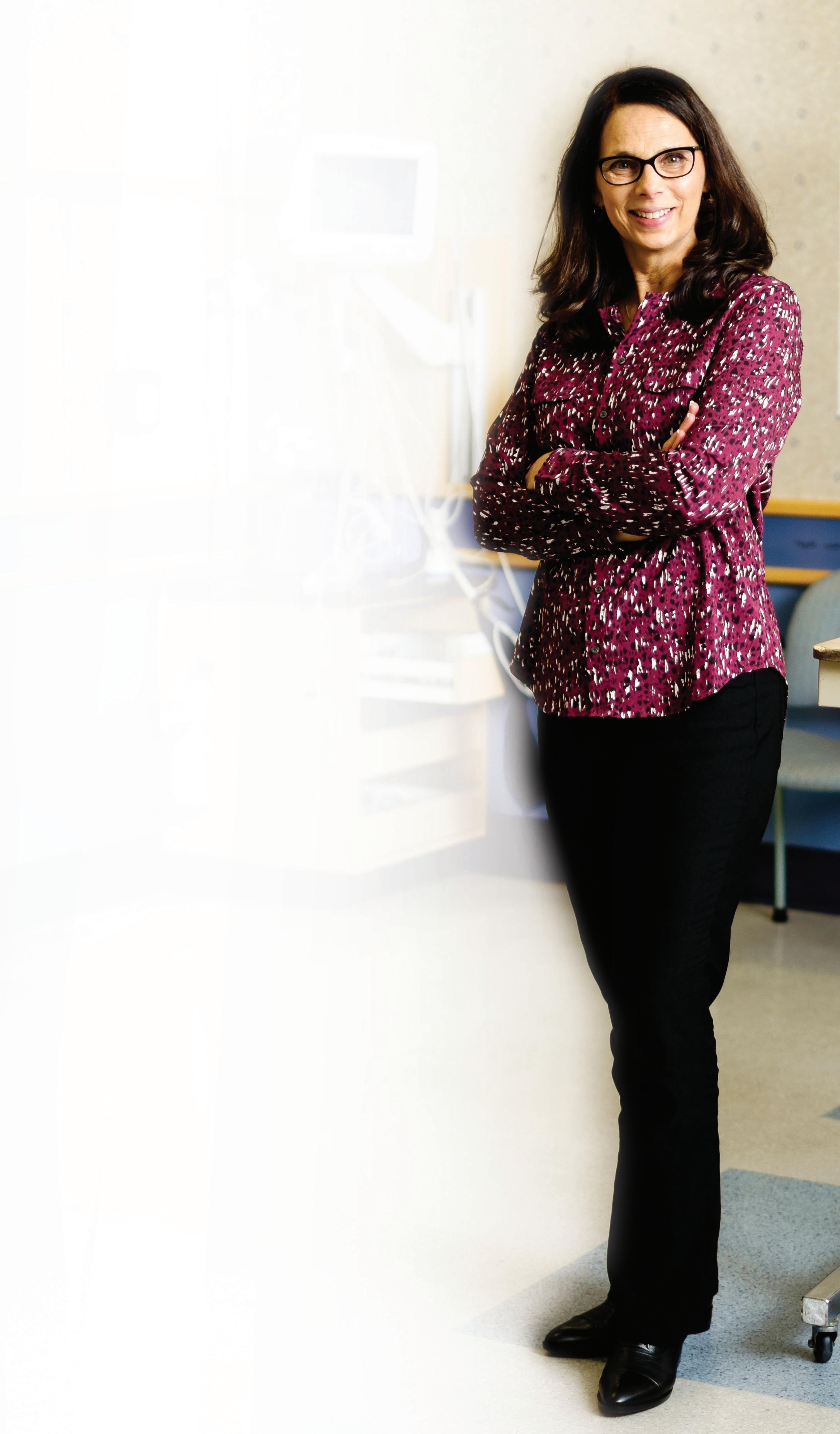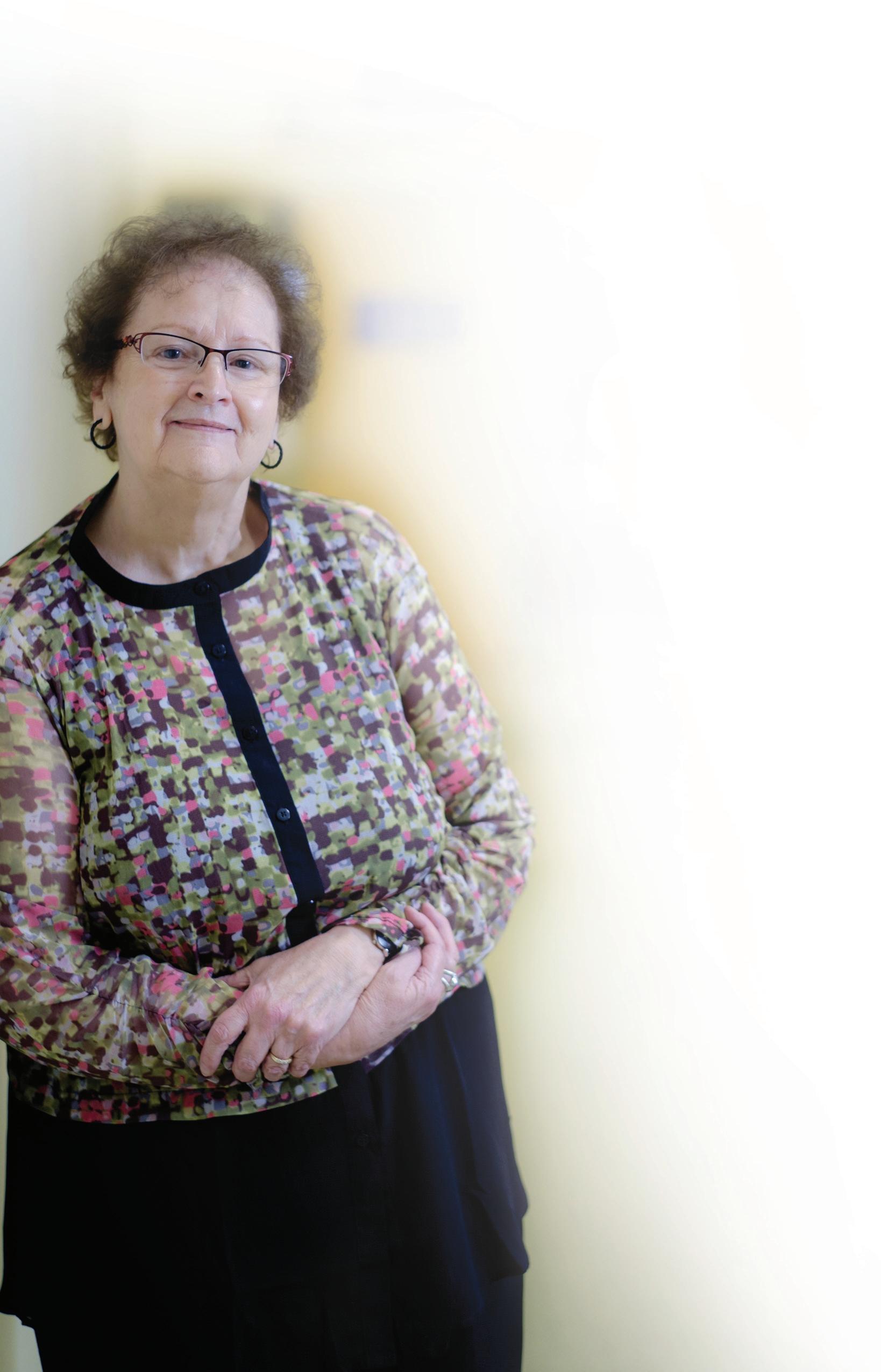
2 minute read
Traumatic tear



It was a beautiful, unseasonably hot spring day in the Lower Mainland, the start of what turned out to be the longest warm spell of 2009. For Scott McGillivray, it was a perfect day to cruise home from work on his one-year-old Victory Jackpot motorcycle. He was in Cloverdale, close to his destination, when a truck swerved into him. The accident left Scott with a number of injuries, including several shattered ribs and a broken shoulder blade. But it was a tear in the body’s main artery that put his life most in danger. “When I woke up, I was lying on the road on my right side, and I was having trouble breathing,’ remembers McGillivray. “I could hear voices saying ‘Don’t move your neck.” By coincidence, McGillivray’s brother-in-law was the lead paramedic on the scene. The ambulance soon headed straight for Royal Columbian Hospital. Surgical repairs When the weather warms up, Trauma Service Nurse Practitioner Kathleen Fyvie says the ER can expect an increase in motorcyclists with crash-related injuries. She says regardless of who is at fault in a crash, the motorcyclist rarely escapes unscathed. “We often see motorcyclists who have sustained multiple injuries, which can include brain injuries, facial injuries, spinal cord injuries, rib fractures, collapsed lungs, interTRAUMATIC TEAR The race to repair the body’s main artery following a collision nal injuries such as spleen, liver or bowel injury, multiple broken bones and/or nerve injuries.” says Fyvie. “Motorcyclists often sustain severe injuries that are permanently life -altering.” Not surprisingly, McGillivray has only partial memories of his arrival to the hospital. He remembers waking up as he was getting a CT scan. By then, his wife had arrived and was told surgery would be needed to fi x the aorta. “Aortic injuries are often fatal,” notes Fyvie. “The aorta is the main artery that comes off the heart, so if you tear your aorta and still make it to the hospital alive, you are considered fortunate. Depending on the severity of the injury, you may need urgent specialized surgery. In Fraser Health, it’s only done at Royal Columbian.” The surgery is long and complicated. McGillivray’s took several hours, as cardiac surgeon Dr. Derek Gunning excised the damaged segment of the aorta and repaired the defect with a synthetic graft, while McGillivray’s heart was connected to a bypass machine to keep the blood circulating through the rest of the body during the operation. McGillivray recovered in the Cardiac Surgery Intensive Care Unit before moving to a regular ward for a couple of weeks. Today, he still gets occasional pains that remind him of his crash, but he’s working again and agrees he’s lucky to be alive. While he’s still tempted to get back on a motorcycle, he’s taking his wife’s advice and staying away from bikes. “If my brother-in-law hadn’t taken me to Royal Columbian directly, I would probably be dead,” he concludes. “ When I woke up, I was lying on the road on my right side, and I was having trouble breathing. ” -Scott McGillivray










